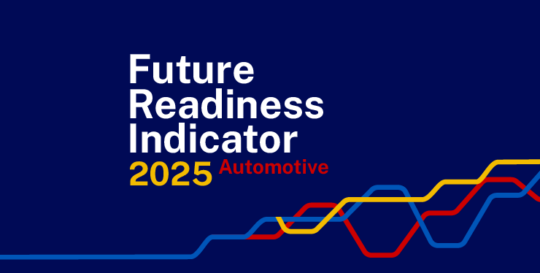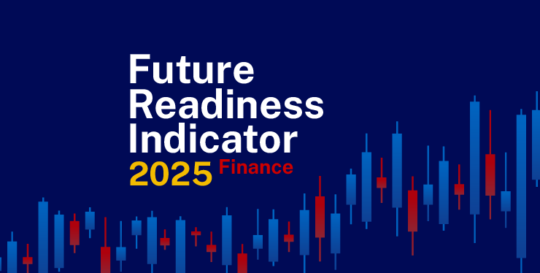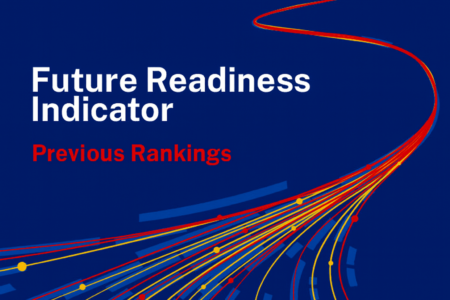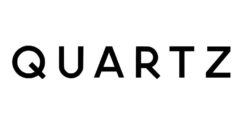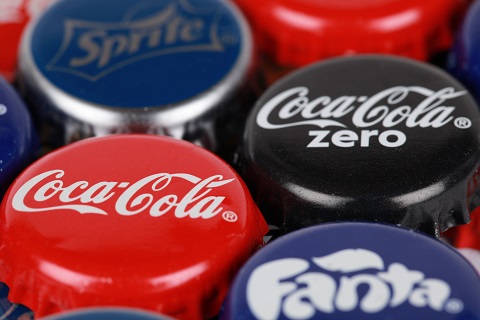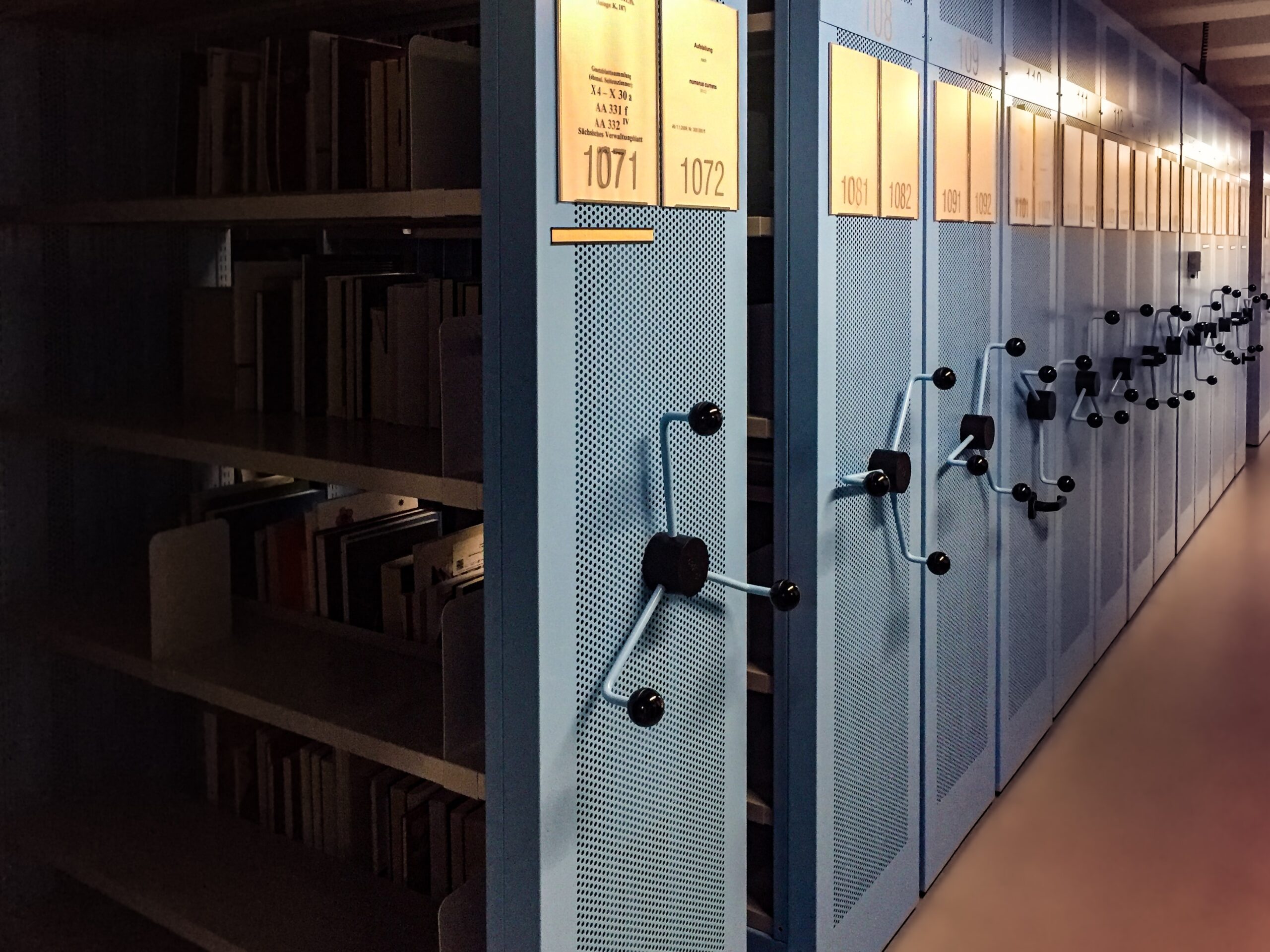IMD business school for management and leadership courses



Assessing a company’s preparedness for the future through a comprehensive methodology
Click here to discover the latest 2025 Future Readiness Indicator rankings
Future Readiness Indicator
Assessing a company’s preparedness for the future through a comprehensive methodology
Click here to discover the latest 2025 Future Readiness Indicator rankings
Our latest report: Built for shocks: The companies that keep winning when the game changes
What is future readiness?
Future readiness refers to a company’s ability to anticipate and adapt to external changes. This readiness is achieved through strategic foresight and tactical adaptability. As the world grows more ambiguous, companies must scale up new capabilities to maintain a competitive edge.
In practical terms, for every business leader to generate a future-ready organization, they must extend their horizon beyond immediate market trends, but to anticipate changes in the future to achieve sustained profitability. It requires a deep understanding of emerging technologies, market shifts, and evolving customer behaviors to ready themselves.
By focusing on innovation in the long term and adaptability in the short run (and noting that it is not an either-or choice, but both), companies can then not only survive but also thrive in extremely dynamic business environments. This proactive approach is key to success and resilience in an ever-changing global economy.
Our Future Readiness Indicator is designed to measure a company’s readiness for deep, long-term, secular trends.
How is future readiness measured?
The Future Readiness Indicator assesses a company’s preparedness for the future. We use a rule-based methodology to arrive at a composite score for each company, enabling us to identify industry leaders. We can then investigate the behaviors and attitudes of specific companies. This includes evaluating key factors such as financial fundamentals, investor expectations of future growth, business and employee diversity, research and development, innovation, and cash and debt management.
The methodology uses publicly available data, including company websites, annual metric reports, business models, press releases, and third-party sources like CrunchBase, Espacenet, Sustainalytics, and Google Trends. The ranking is based on these factors and aims to provide a holistic roadmap of a company’s position and potential for future success.
What’s your next step toward becoming future-ready?
Understanding the forces shaping tomorrow is essential – but the real opportunity lies in translating those insights into bold, forward-looking action. Grounded in real data and case studies from the world’s most future-ready organizations, IMD’s future-readiness programs help you accelerate your journey through two distinct learning pathways: Strategy for Future Readiness, a focused, high-impact strategic reset that helps you prioritize what matters and scale capabilities for growth, and Future-Ready Enterprise (in partnership with MIT), an immersive two-week experience that strengthens your leadership mindset and builds deep, enterprise-wide capabilities.
Key insights from the Future Readiness Indicator
It’s hard not to be worried when confronted with surging inflation, energy crisis, supply chain disruption, and geopolitical decoupling. But smart companies don’t simply curtail corporate development. They don’t blindly scale back every innovation during tough times. Instead, they prioritize; they choose. Being future-ready means delivering today and winning tomorrow.
Sectors covered include: Tech, Pharma, and Fashion.



